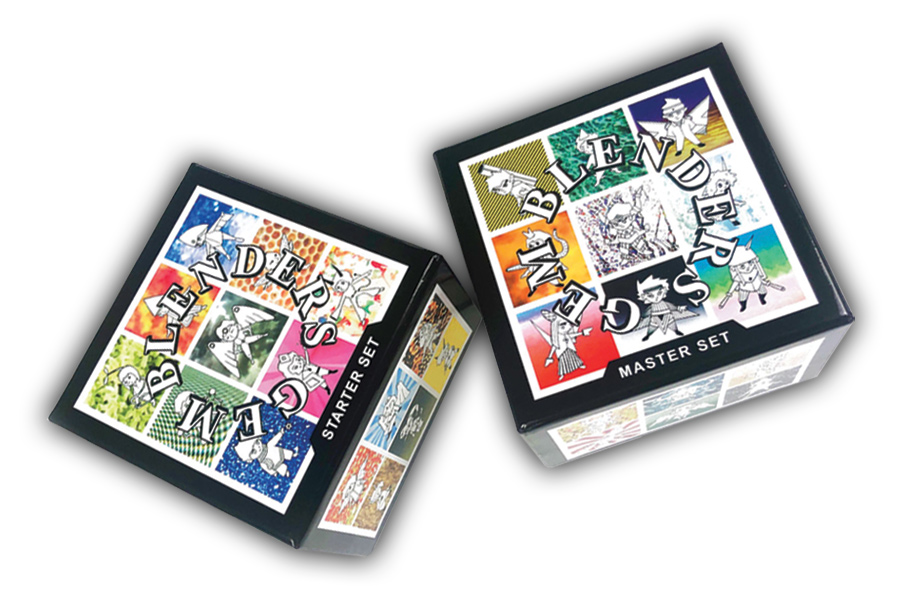common good
Top Notch

Game On
Sekula, the more serious player, introduced Lebryk to competitive gaming like Magic: The Gathering and Pokemon. “I made my own card games growing up,” he says.
After graduation, Sekula, a studio art major with minors in computer science and art history, decided to try his hand at designing a game. He came up with Gem Blenders, an expandable card game inspired by trading-card games like Yu-Gi-Oh! or the animated series Avatar: The Last Airbender. With Lebryk living in Miami and Sekula in Richboro, Pa., they stayed connected through online games. Lebryk was instrumental in helping Sekula test the early incarnations of Gem Blenders, and they soon decided to team up to move the effort forward.
“Without Sam’s support, creating Gem Blenders wouldn’t have gotten to where it is today,” Sekula says.
“Steve is more of the creative side; I’m more operational,” Lebryk says.

The first inventory shipped in November 2020.
They also added David Wurtele ’17 to the team. With a major in computer science and minors in linguistics and Japanese, Wurtele has been invaluable when it comes to coding.
Sekula and Lebryk have high hopes. Once again roommates, the business partners live in Crown Heights, Brooklyn. They work day jobs — Sekula in a restaurant, Lebryk at an investment firm — but they treat Gem Blenders like a full-time job. “I want to build a community, expand the card game, and continue making cards,” says Sekula. “Then build the brand, maybe make a video game.”
“As Gem Blenders matures, there are different avenues available,” Lebryk says. “Because card games are such a big part of our friendship in general, that’s something I want to continue.
“Swarthmore encourages entrepreneurship. You really do get a strong mix of coursework that challenges how you approach problems. That flexibility lends well to trying to do something on your own.”